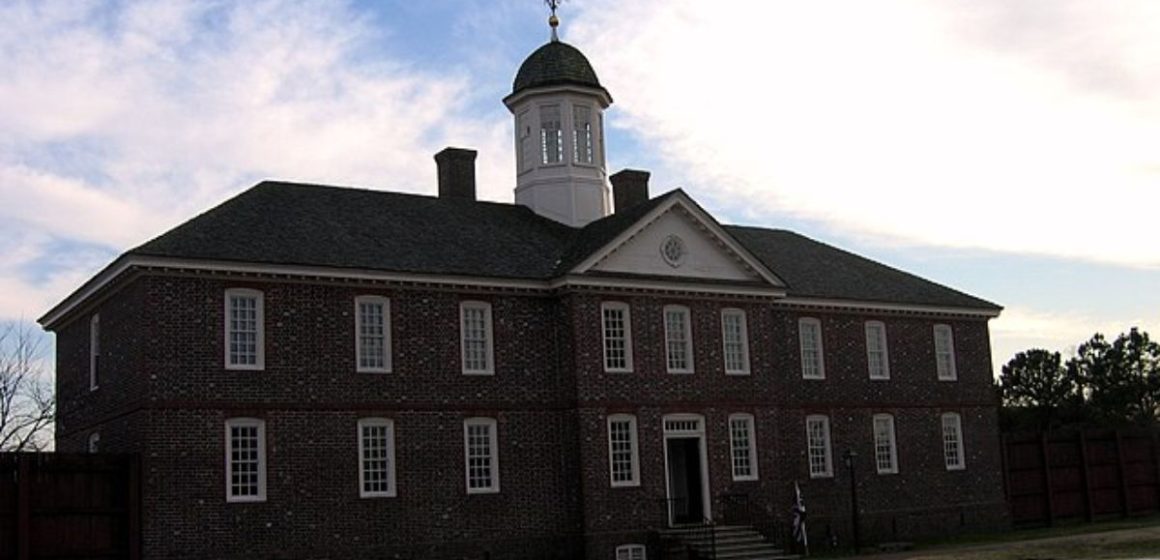Some of the creepiest locations to satisfy your urge for urban exploration include abandoned asylums, haunting hospitals, and ghost-filled sanatoriums.
There are several haunted locations available for tours around the globe, including Eastern State Hospital in Williamsburg, Virginia, which was the country’s first “insane asylum”.
When the hospital was first constructed in 1773, it was called the Public Hospital for Persons with Insane and Disordered Minds.
It had a total of just 24 rooms, many of which were empty for several years. In addition, the building saw multiple fires and was briefly occupied during the Civil War.
In addition to providing fodder for ghost stories and frightening tales, Eastern State Hospital’s past is marred by terrible accounts of mistreatment and human rights violations that cast a shadow over the country’s record of mental health treatment.
In order to “cleanse” patients’ bodies and minds, tranquilizer chairs used
There are several macabre gadgets on exhibit at the museum, housed in the former hospital building, but none nearly as graphic as the tranquilizer chair.
The chair was designed with the mistaken belief by Dr. Benjamin Rush that brain inflammation was the root cause of mental disorders and that the best way to restore sanity was to instill dread.
To Rush, “Terror acts powerfully upon the body, through the medium of the mind, and should be employed in the cure of madness.”
Rush developed the chair with the dual purposes of slowing the patient’s blood flow to the brain and robbing them of their vision in addition to restraint.
Patients Received Prisoner Treatment
It should come as no surprise that the hospital was established primarily to shield everyone else from patients who were deemed to be “mentally deranged,” rather than to aid the unstable.
Rather than being assessed by a licensed physician, sanity was decided in court during the 18th and 19th centuries.
The Virginia governor, Francis Fauquier, suggested building a hospital in the middle of the eighteenth century with the intention of housing “a poor, unhappy set of People who are deprived of their senses and wander about the Country, terrifying the Rest of their Fellow Creatures.”
The hospital was more like a prison and could barely be compared to today’s clinical institutes. Each of the 24 cells in the facility had reinforced doors and barred windows.
Read Also: Alaska’s Forgotten Stories: The Petroglyph-Covered Coastline Revealed
Unmarked Graves Were Used to Bury Patients
The hospital routinely disposed of people in unmarked graves after they passed away, as was customary at the time in many institutions. Nonetheless, the Eastern State Hospital keeps a record of the patients and their hardships.
The names of the patients are engraved on four granite slabs, and a memorial reading is all that is written on the fifth.
Read Also: Haunting Legends of Edinburgh Castle: A Fortress of Fear and Phantom Tales
Doctor Who Outlawed Inhumane Treatments Is One Supposed Spirit
Though they weren’t constantly horrible, the hospital’s conditions and services were certainly appalling. Much more humanitarian procedures were advocated by Dr. John Minson Galt, the superintendent chosen in 1841.
For twenty-one years, Galt worked to lessen the horrible procedures the hospital used and substituted a technique he named “Moral Management” therapy.
Patients were given considerably more freedom and were much happy as a result of this method’s great effectiveness, which almost eliminated the need for constraints.
Field trips and outings allowed them to even go to the nearest town. The directors of the hospital, however, disagreed with his tactics and opposed him at every opportunity.
When Williamsburg was engulfed in the Civil War in 1862, Union soldiers seized possession of the hospital.
Galt plunged into a profound depression and ultimately committed suicide since he was unable to assist any of his patients. Some people believe that his ghost still roams the rebuilt hospital’s hallways, looking for the patients he once treated.
Read Also: Anoka State Hospital: A Journey into Minnesota’s Haunted Asylum
Nearly the entire hospital was destroyed by three massive fires
In addition to other rooms, the chapel, kitchen, and storage buildings were destroyed in the hospital’s first fire in 1876.
The hospital’s biggest fire in 1885 may have claimed the lives of two patients; sadly, the nearest volunteer fire department was fifty miles away, leaving them with no choice but to watch the structure collapse.
Five other buildings had been destroyed by the fire by the time it was put out.
An original 1844 structure was completely destroyed in the last fire, which happened in 1902. Ultimately, all the buildings were replaced, but with a lot more space between them, perhaps to stop the spread of such flames in the future.
By: ranker.com



Leave a Reply